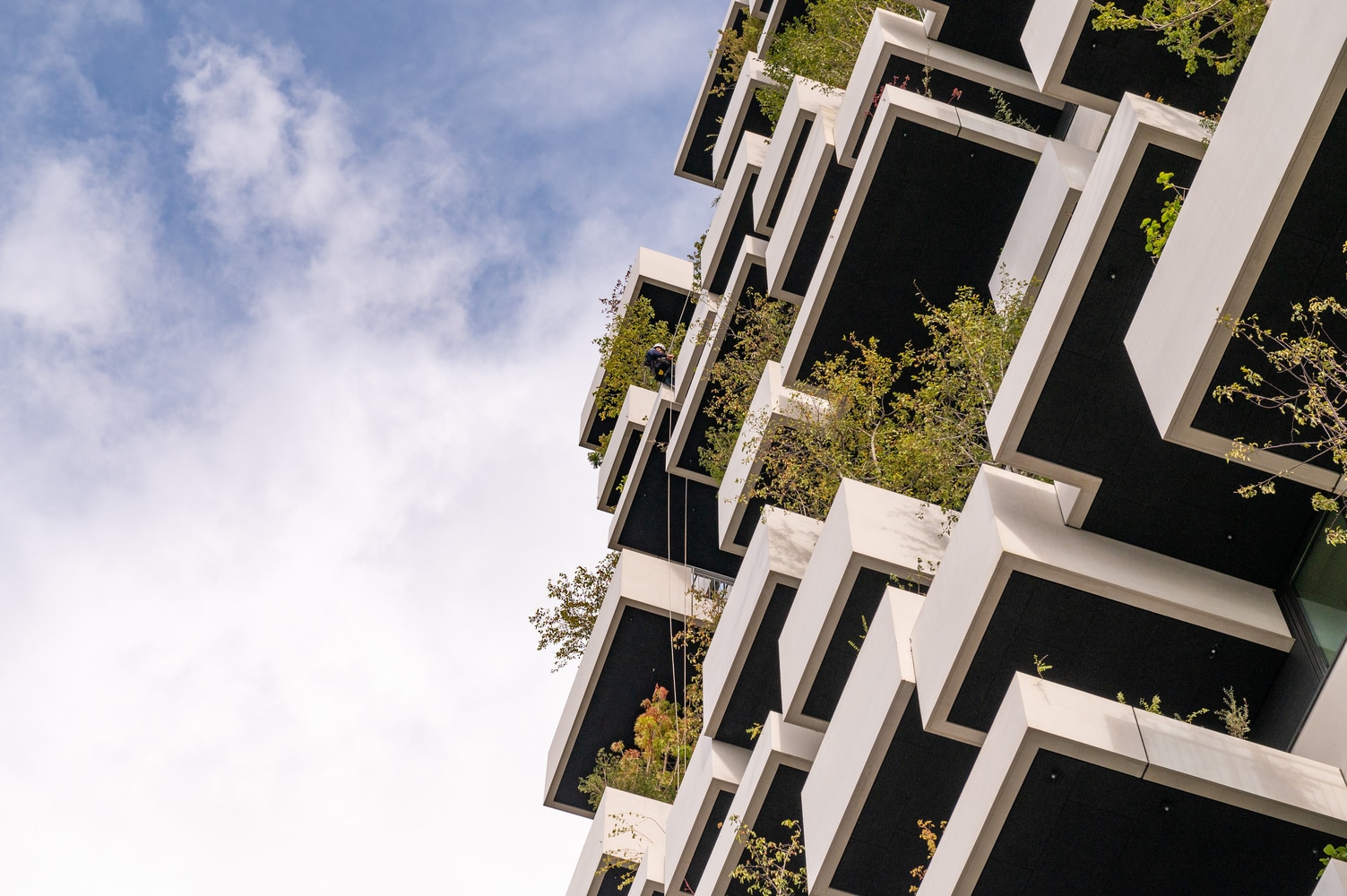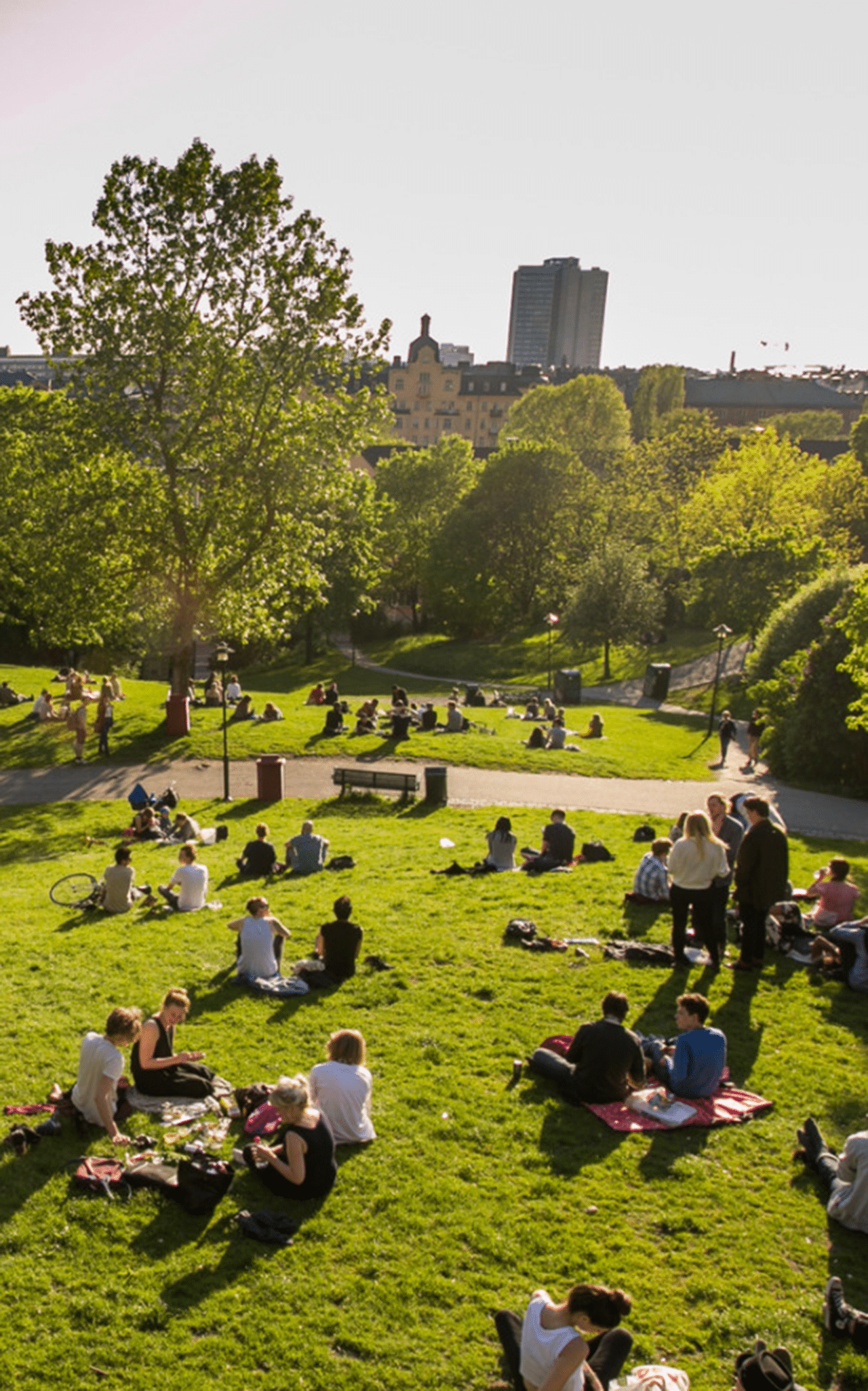Building resilience through ‘BiodiverCities’
The Philippines recognizes the importance of biodiversity in combating climate change.
A rich and diverse ecosystem not only ensures cleaner air and a healthier environment but also strengthens community resilience, especially in urban areas dealing with challenges like poor living conditions and flooding. Sustainable development, disaster risk reduction, and renewable energy adoption are needed to protect ecosystems and ensure a resilient future amid rapid urbanization.
The Philippines is a signatory to the CBD (Convention on Biological Diversity), focusing on conserving biodiversity and genetic resources. Since 1992, the country has benefited from international collaboration and has adopted conservation strategies like the Aichi Targets.
Conservation International also recognizes the Philippines as one of the world’s megadiverse countries, emphasizing the importance of biodiversity conservation in the face of climate change.
A nation with mega diversity
Article continues after this advertisementThe Philippines is home to a wide range of plant and animal species unique to its forests, coral reefs, and mountains—crucial for supporting millions of people. However, factors like deforestation, pollution, and urbanization threaten the country’s biodiversity.
Article continues after this advertisementHistorically, Philippine cities were more connected to nature, with wetlands and forests in the fringes providing habitats for diverse wildlife.
Today, urban sprawl in cities within Metro Manila has led to habitat fragmentation, affecting wildlife and ecosystem services like flood control and air purification. Habitat loss and disruptions caused by human activities have altered natural landscapes, decreasing green spaces and important interactions between organisms.
Reversing these trends by preserving green spaces can help restore ecosystems and support urban wildlife, promoting healthy living and resilience. Despite challenges, there is hope for nature to reclaim its space and conserve biodiversity if given the opportunity.
But why do we need it?
Ecological balance
Biodiversity in urban areas is not just about aesthetics. It plays a vital role in maintaining ecological balance and enhancing quality of life for city dwellers.
Green spaces encourage physical activities, stress alleviation, and social cohesion, leading to better health. Tourism and recreational activities rely on biodiversity. Economic benefits include increased spending in green areas, energy cost savings, lower pest populations, and disease prevention.
Plants also help clean particulate matter from gaseous emissions and reduce air pollution, thus mitigating the “urban heat island” effect.
Urban biodiversity further contributes to flood control and soil stabilization, which are essential in climate-vulnerable countries like the Philippines. Efforts to preserve and enhance urban biodiversity are crucial in addressing climate change and disaster risk in urban areas.
Resilient, livable environments
How can we bring back biodiversity in our cities?
Biodiversity is not just a rural concern—it is a vital component of resilient and livable urban environments. For a country like the Philippines, with its rich natural heritage and rapidly urbanizing cities, finding the balance between development and conservation is crucial.
By building on international commitments like the CBD and the PBSAP, and focusing on innovative solutions to bring nature back into cities, the Philippines can lead the way in redefining what it means to live sustainably in a megadiverse nation.
It’s a challenge that demands both creativity and collaboration, but the rewards–cleaner air, cooler cities, and a healthier relationship with nature–are worth the effort.
References:
- Secretariat of the Convention on Biological Diversity. (n.d.). Philippines – Country Profile. Biodiversity Facts. Status and trends of biodiversity, including benefits from biodiversity and ecosystem services. https://www.cbd.int/countries/profile?country=ph
- Department of Environment and Natural Resources. (2022). Philippine Biodiversity Strategy and Action Plan 2015-2028. Bringing resilience to Filipino Communities. https://faolex.fao.org/docs/pdf/phi189948.pdf
- United Nations. (n.d.). Convention on Biological Diversity, key international instrument for sustainable development. https://www.un.org/en/observances/biological-diversity day/convention
- The author is a landscape architect, an environmental planner, an assistant professor, and currently the assistant dean of the College of Architecture at the University of the Philippines Diliman


